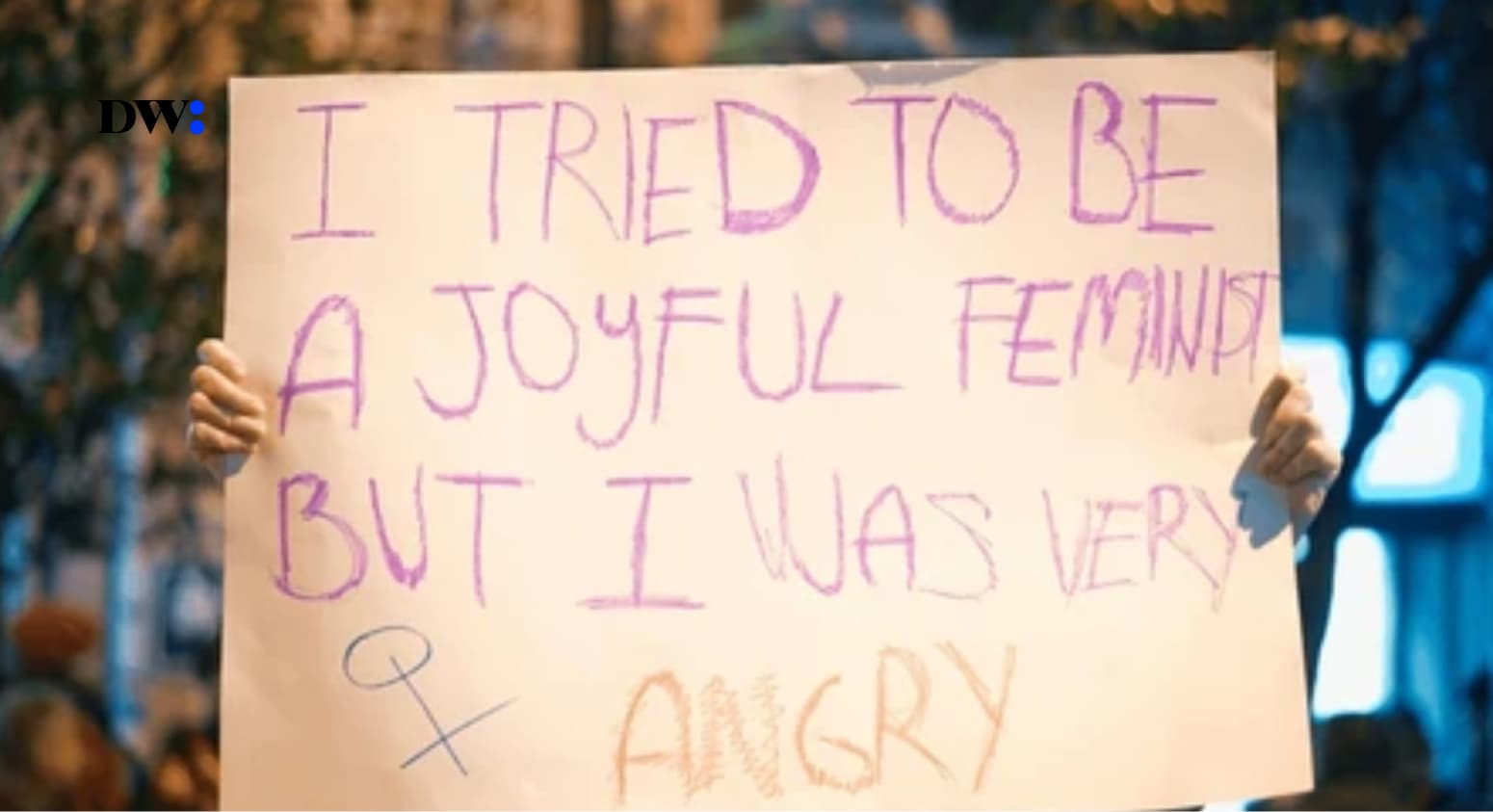It’s been ten months of continuous violence in Gaza and over 24,620 Palestinians have been killed in the Gaza Strip, with women and children accounting for 70% of the total. According to UN Women, more than 1.9 million people, or 85 per cent of Gaza’s total population, have been displaced, including nearly a million women and girls. The entire Gaza population, or around 2.2 million people, is in crisis or experiencing severe acute food insecurity.
Gender influences an individual’s experience with armed conflict in various ways. Structural gender inequalities exist before armed conflict, gender roles and social power dynamics can shift and worsen during armed conflict, and gender interacts with other identity factors such as age, class, disability, race, religion, and sexual orientation to shape individual experiences.
With this variance in mind, the gendered harms that persons may suffer as a result of hostilities might stem from disparities in biological sex as well as inequalities in their socially assigned roles and duties. For example, sex-specific effects result from the use of various weapons, and gender analysis of civilian mortality statistics shows that women, men, boys, and girls are killed at different rates depending on the context and weapon employed.
Such damage can occur both directly and indirectly. Gendered direct impacts can include, for example, the death or injury of women and girls as a result of an attack in which they had uneven access to medical care. When male relatives are murdered or injured, women may be burdened with additional caregiving and income-generating tasks.
Gaza is experiencing historic levels of loss of life and significant humanitarian needs, with 2.1 million Palestinians seeking aid by January 2023. The bulk of the population has been forcibly moved many times, increasing vulnerability and affecting people differentially based on gender. Men risk arbitrary imprisonment and coerced disappearance, whilst women are harassed and disproportionately left behind as carers.
According to the report from UN Women, 1 million women and girls have been displaced, 2 mothers are killed every hour. 3,000 women have become widows and the head of their households, 10,000 children have lost their fathers, there are no safe spaces for women survivors of gender-based violence that is operational and only 0.09% of funding has been directed to national or local women’s organisations.
Gender-specific services, like all others, have been severely disrupted. The only functioning maternity hospital in northern Gaza is expected to run out of fuel soon due to insecurity. According to UNFPA, 5,500 women are projected to give birth in Gaza in the coming month, with 840 experiencing pregnancy or birth-related issues that require additional medical treatment that is currently unavailable.
UN Women also reports that Gaza’s only two women’s shelters, located in Gaza City, have been closed. Additionally, telecommunications and electrical shortages are limiting remote gender-based violence services at peak risk periods.
In times of crisis, women and girls may prioritise self-care above consumption, leading to food insecurity. Pregnant and nursing women are at higher risk of undernutrition, which can lead to birth abnormalities or even death. Women who lead households confront security and protection threats, exposing their families to acute food shortages. The lack of protection for women and their families has a negative influence on their emotional health. Survivors of daily bombardment have emotional and physical anguish.
Overcrowding and lack of privacy in temporary shelters, along with limited resources, can cause conflicts and violence, especially gender-based violence. Inadequate access to water, sanitation, and hygiene facilities for menstrual hygiene management, as well as sanitary products and disposal facilities, also has a negative impact on women’s and girls’ mental and physical health.
The war in Gaza highlights the gendered impact of conflict on women and girls, emphasizing the need for targeted interventions to address their unique vulnerabilities. The conflict’s gendered dimensions, including disproportionate loss of life and caregiving, necessitate a response prioritizing their needs. The international community must provide immediate relief and work towards long-term solutions to empower women and girls.





